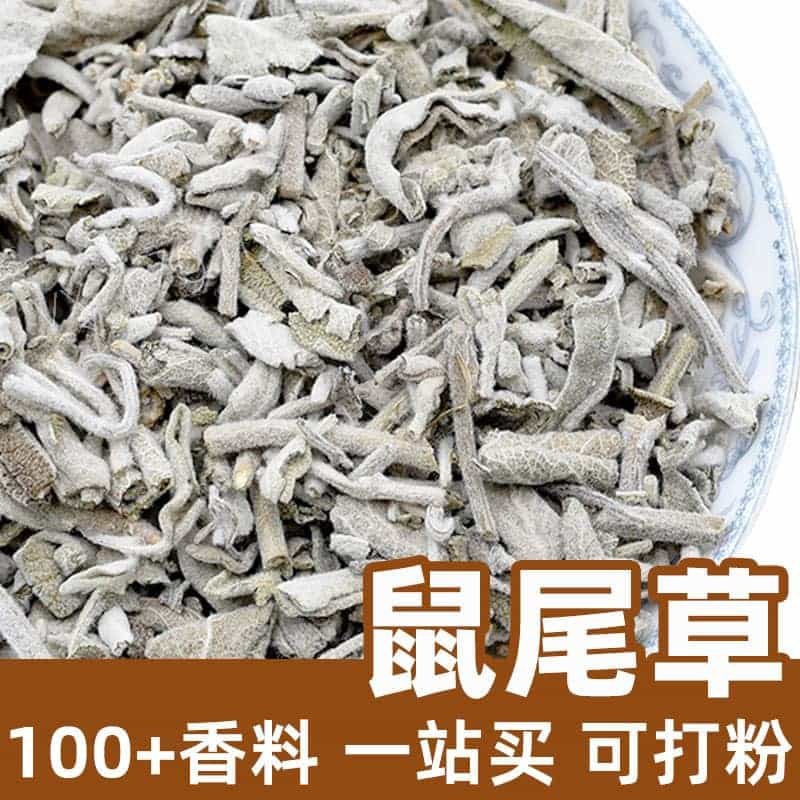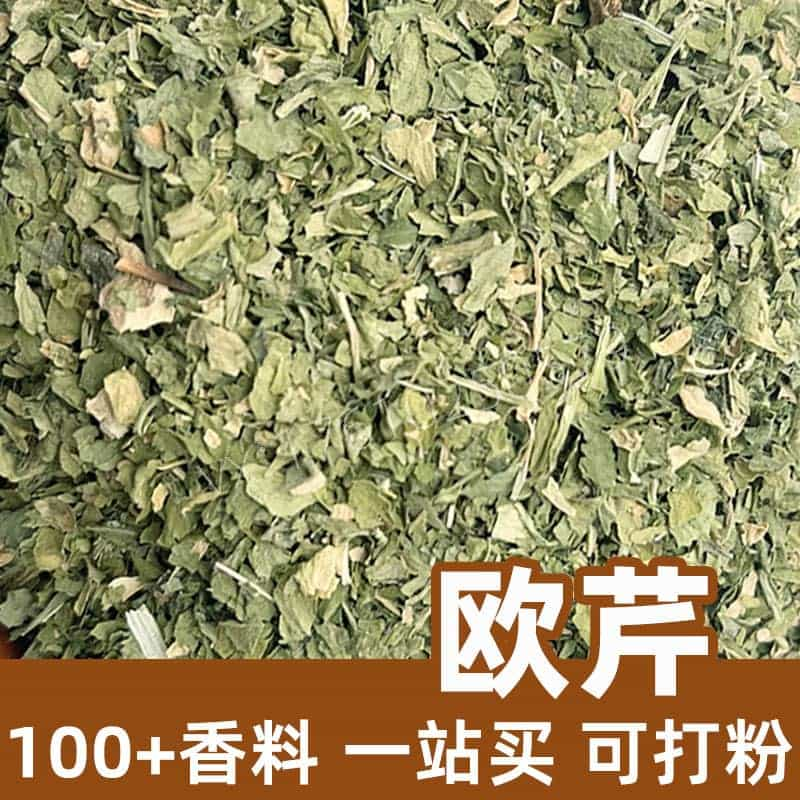Product Introduction
White Angelica, also known as Bai Zhi or Bai Sheng, is a common perennial herb. Its rhizomes grow horizontally, with large leaves and yellow flowers.
The rhizome is the primary part of the plant used, and it is widely utilized in traditional medicine and herbal remedies. White Angelica is valued for its unique aroma and medicinal properties.
Product Varieties
White Angelica can be categorized into various varieties based on cultivation regions and processing methods. Below are some common types:
- High-Quality White Angelica (*Atractylodes macrocephala 'Superior')*: This variety features larger rhizomes and superior quality.
- Wild White Angelica (*Atractylodes macrocephala 'Wild')*: Harvested from wild plants, this variety has the characteristics of natural growth and higher medicinal value.
While different varieties may vary in aroma and medicinal effects, all share the characteristic properties and therapeutic benefits of White Angelica.
Product Usage and Dosage
White Angelica has various culinary applications, adding fragrance and flavor to dishes while also offering medicinal benefits. Below are some common usage scenarios and suggested methods:
- Meat Dishes: White Angelica can be paired with meat to enhance its aroma and taste. Sprinkling powdered White Angelica on the surface of meats or mixing it into marinades can infuse the dish with a rich herbal fragrance. A moderate amount provides a subtle herbal flavor, making the dish more delicious.
- Soups and Stews: White Angelica is often used as a seasoning in soups and stews. Adding its rhizomes with other herbs and seasonings can lend a fragrant flavor to the broth. White Angelica is known for its ability to strengthen the spleen and promote digestion, making it ideal for soup-based dishes.
- Baked Goods and Pastries: White Angelica can be incorporated into cookies and pastries to enhance their flavor. Adding a small amount of powdered White Angelica to the flour will impart a unique aroma and texture to the baked goods. Its herbal properties complement the sweetness of desserts, creating a distinctive taste.
- Herbal Teas: White Angelica can be used to make herbal teas, either as a standalone tea or blended with other ingredients. Steeping the rhizomes in hot water creates a fragrant, refreshing drink. Its medicinal properties help balance and rejuvenate the body, making it a suitable everyday beverage.
When using White Angelica, it’s best to adjust the quantity based on the recipe and personal taste. Start with a small amount, then gradually increase or decrease according to the desired flavor and aroma. Be mindful of balancing it with other seasonings to achieve the optimal flavor profile.
Plant Source, Distribution, and Growing Conditions
White Angelica (*Atractylodes macrocephala*) is a common perennial herb primarily found in the central and southern regions of China. It is now widely cultivated around the world.
This plant thrives in humid climates with moderate sunlight. It grows well in plantations, herb gardens, and mountainous areas, requiring adequate moisture and nutrients to flourish.
Due to its aromatic and medicinal properties, White Angelica has become a popular herb in traditional Chinese medicine, herbalism, and wellness practices.
Harvesting, Processing, and Storage
White Angelica rhizomes are typically harvested in the fall. Fresh rhizomes are used for making medicinal remedies or can be processed and stored for later use.
To maintain freshness and quality, the rhizomes should be washed, air-dried, and stored in a cool, dry, and well-ventilated place, away from direct sunlight. Dried rhizomes can be stored for extended periods while retaining their medicinal properties and quality.
Monica Sun is a seasoned expert in the natural raw materials industry, with over a decade of experience specializing in traditional Chinese medicinal herbs, spices, and fungi. She is skilled in the sourcing, processing, and application of these materials, emphasizing sustainability and innovation. Monica Sun has contributed to the development of high-quality natural raw materials that serve as essential components in functional foods, pharmaceuticals, and cosmetics, delivering tailored solutions to meet diverse market needs.









.jpg)


.jpg)


